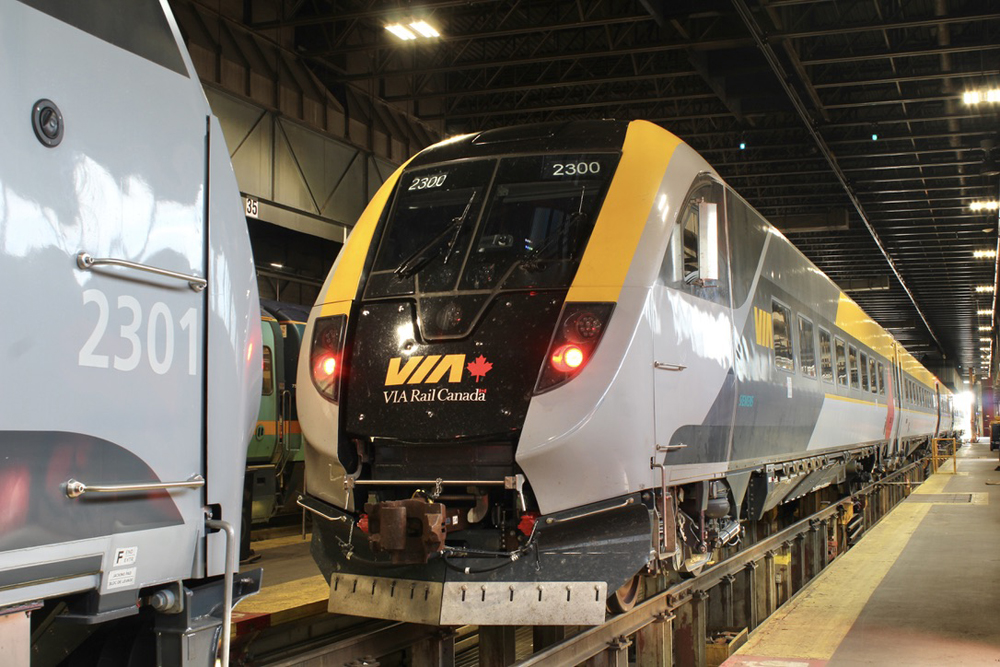
MONTREAL — VIA Rail Canada has begun operating additional Siemens Venture trainsets between Montreal, Ottawa, and Toronto, and is slated to add more departures in April. Meanwhile, the company hosted an open house for journalists to highlight the extraordinary efforts required to keep passenger cars built in the mid-1950s operational. It sought to make the case for funding long-distance replacements the same week shifting assumptions surfaced regarding Canada’s multi-billion dollar “High Frequency Rail” plans.
Ventures concentrated on Quebec-Ottawa runs
On Feb. 15, VIA upped the number of Venture trainsets assigned to the Quebec City-Toronto corridor. As was the case when operations expanded past Quebec-Montreal-Ottawa service last fall, Toronto round-trips are limited because Venture maintenance facilities there are still under construction [see “First VIA Siemens trainsets begin serving Toronto,” Trains News Wire, Oct. 24, 2023]. No new equipment is assigned on trains to Windsor or Sarnia, Ontario, for this reason.
Thirteen trainsets have been delivered; according to a Feb. 2, 2024, report of the Next Generation Equipment Committee, eight have been accepted. But it still is difficult to figure out which departures have the new equipment. As was the case in previous advisories, VIA only lists the train numbers and destinations where the Venture equipment is assigned.
More frequencies will be added in mid-April when another trainset is injected into the mix.
Like Amtrak, VIA no longer offers downloadable grid schedules, so it is up to passengers to make the connection between train number and departure. Fortunately, the Rail Passengers Association website provides a mostly up-to-date timetable. The schedule is currently missing at least one Toronto-Ottawa round trip (Ottawa-Toronto train no. 43 and Toronto-Ottawa no. 646). The heaviest concentration of Ventures operates between Quebec City-Montreal-Ottawa, where only one Renaissance and one LRC set are still assigned.
Equipment places long-distance service in jeopardy
Although the new equipment is coming to the rescue on the corridor, keeping interregional trains running is becoming more tenuous unless the government funds new rolling stock. That was the message delivered to about 30 Montreal-based reporters, photographers. and camera operators on a tour of the Montreal Maintenance Centre arranged by VIA management last Thursday.
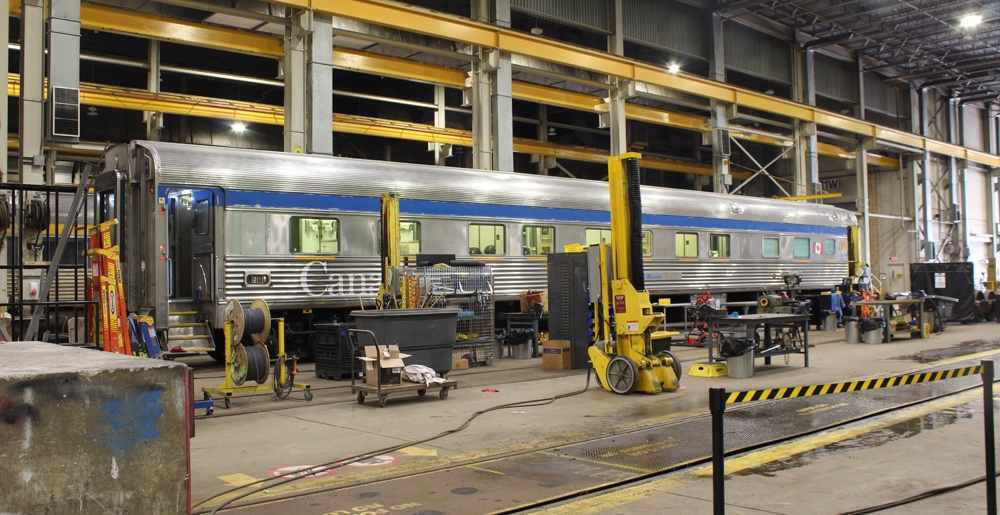
As reported by the Montreal Gazette, VIA spokesman Jean-Vincent LaCroix said that despite ongoing rehabilitation of Budd Co. stainless steel coaches, sleepers, and dome lounges that first entered service on Canadian Pacific’s Canadian in 1955, 25 cars were scrapped after a recent inspection “because they were too old.” It isn’t clear whether all of the scrapped cars were stainless steel (some could have been LRC or Renaissance) or only assigned to long-distance trains.
Trains News Wire visited the facility in August 2022 to observe the process; soon after, the structural integrity of the equipment was called into question [see “VIA Rail Canada adds ‘buffer’ cars …,” News Wire, Oct. 18, 2022]. Subsequent testing verified that most of the stainless steel rolling stock was sound [see “Transport Canada repeals VIA buffer car requirement,” News Wire, May 18, 2023]. Still, LaCroix sounded a warning.
“This is a determining year for VIA. If we’re not able to launch the call for [proposals from manufacturers for new equipment] this year,” he said, “there will be impacts on [long-distance and regional] service in future years. We would like to mitigate this, and if there is no replacement by 2035, it will be the end of long-distance service for VIA.”
Trains News Wire is seeking more information on procurement plans, funding possibilities, and manufacturer interest. Amtrak is also in the market for cross-country equipment, but its proposals have centered solely on custom-designed bilevel trainsets.
Faster High Frequency Rail running times sought
Comments by the head of the organization seeking private construction bids to develop the government’s “High Frequency Rail” has suggested Venture trainsets may not be the only equipment considered for use on the separate Quebec City-Toronto right-of-way.
According to another Montreal Gazette report, Martin Imbleau, CEO of VIA HFR-VIA TGF — despite the name, an entirely separate Crown Corporation from VIA Rail Canada — told the Montreal Chamber of Commerce last week that “speed and frequency are not mutually exclusive, and we need both. Given this, we have begun thinking about an evolution of our image. Stay tuned.”
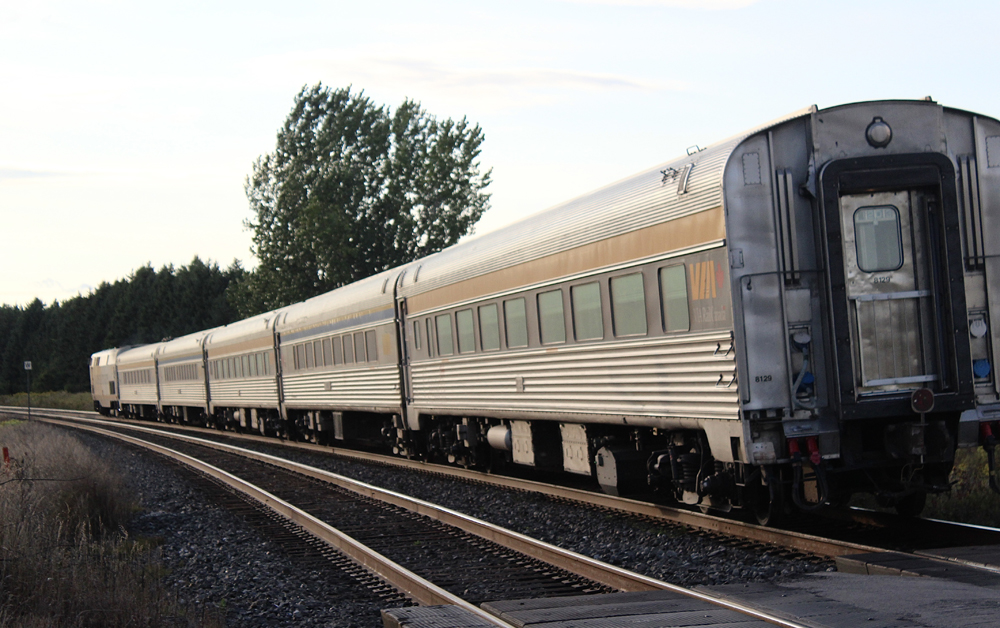
Imbleau cited possible Montreal-Toronto travel times 2 hours faster than the current travel time of more than 5 hours for VIA trains on the Canadian National route through population centers. He noted Eurostar trains average 200 kilometers per hour (125 mph) between Paris and Amsterdam, saying, “This now means a 200 km/h service and proposals beyond that, with no maximum speed limit. In other words, as fast as possible.”
Venture trainsets are capable of 125 mph maximum speeds and currently reach 90 to 100 mph on many sections of the corridor. The limiting factor: highway grade crossings. Higher maximum speeds and substantial route straightening of the formerly abandoned 19th-century right-of-way being considered for High Frequency Rail, however, would be necessary to connect Montreal and Toronto in under 3½ hours, as Imbleau suggests. He also said terminals serving the two cities wouldn’t necessarily be located downtown.
Three competing consortia — each consisting of consultants, construction companies, and train operators — are offering financing and development proposals for the project [see “Canada’s High Frequency Rail project begins Request for Proposals phase,” News Wire, Oct, 14, 2023]. It still has no estimated cost, financing source, or completion timeline while VIA soldiers on with limited government funding to handle Canada’s current mobility needs.






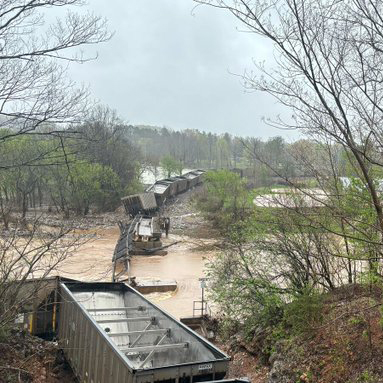

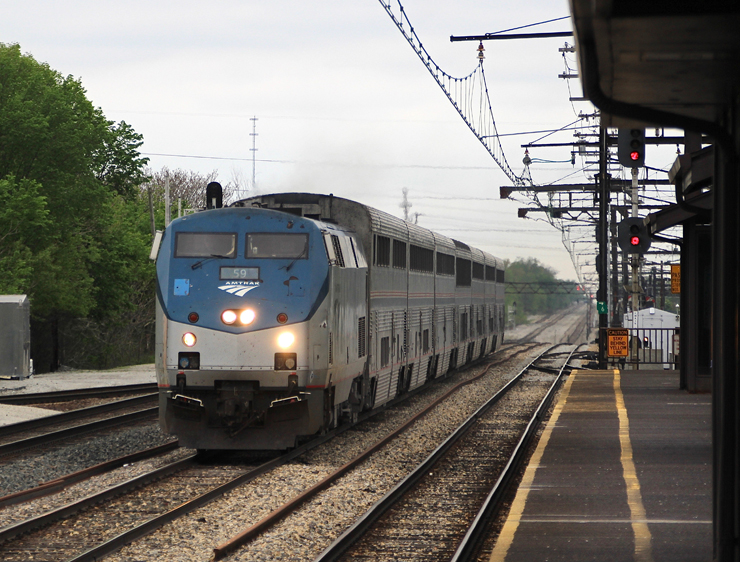
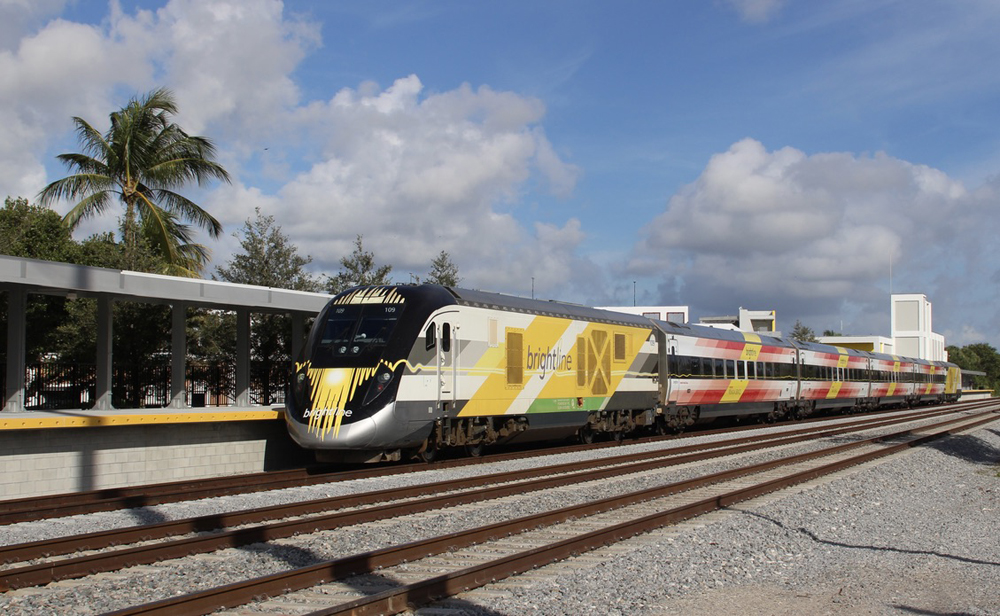




It would be a big and pleasant surprise, if Amtrak & VIA could agree on a joint purchase agreement for LD equipment or any passenger equipment.
Hope these new Venture cars are more comfortable than the miserable Venture cars running in Illinois!
Having HFR not serving downtowns would be a total loser.
If you force riders to travel outside of the city’s core, they will simply travel to the airport, not at the train station in the middle of nowhere.
A great example of your comment is Mirabel Airport too far north of Montreal.